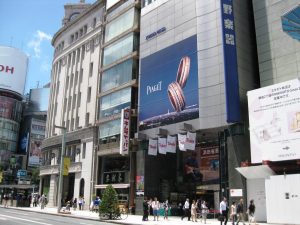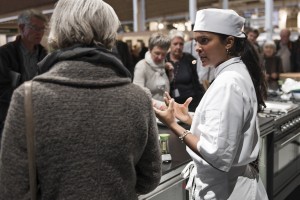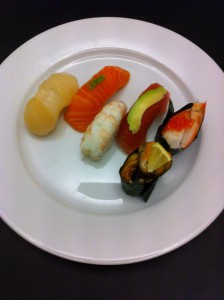 Through our life we cannot avoid the body gets affected from what you eat.
Through our life we cannot avoid the body gets affected from what you eat.
We can get pesticides through what we eat or drink. It can also be the environment that affects the body in different ways. Sometimes your body needs a break.
The Japanese pay attention that in a way that the Japanese cuisine either charges the body or nourish the body.
Like so many others, the Japanese live a busy life a week filled with many hours of work, family and leisure activities. Unfortunately, they do not always have time to change the diet or go on a diet.
Instead, they drink a soup where the individual Japanese ingredients, raw materials and vegetables are boost your health.
Okinawa miso soup – Super food is an experience that serves as a supplement to today’s meals.
I have developed a unique 14 days miso soup experience where you get your health boosted.
During the 14 days you will, among other things, get your immune system strengthened, strengthened your digestion, regulate physics and add lots of antioxidants to your body.
Read more about Okinawa Miso Soup – Super Food
_
Zoë has held sushi courses and cooking classes for A. P. Moller – Maersk, Hugo Boss Nordic, Novo Nordisk, Novartis, Velux, Gorrissen Federspiel, Beierholm revision, Elbek & Vejrup and many more.









